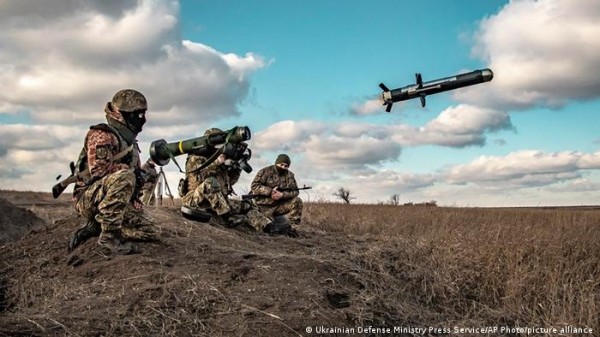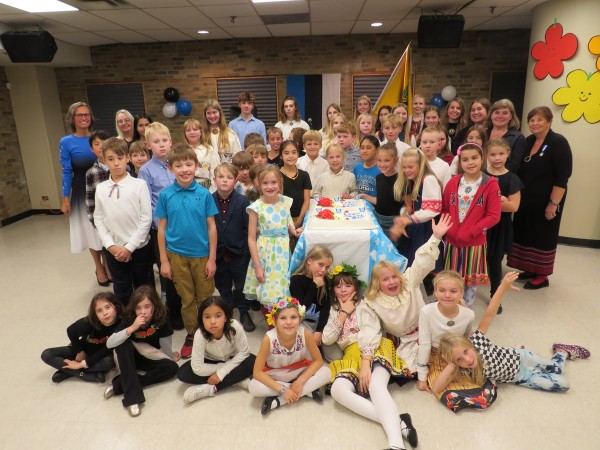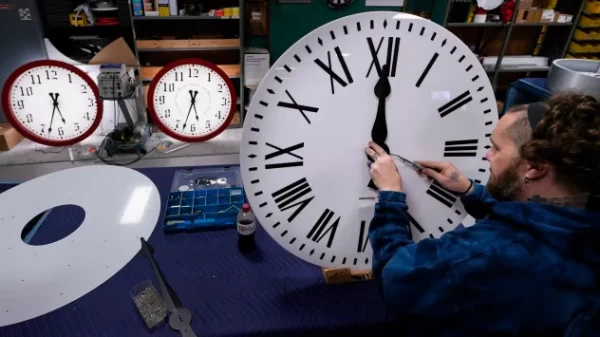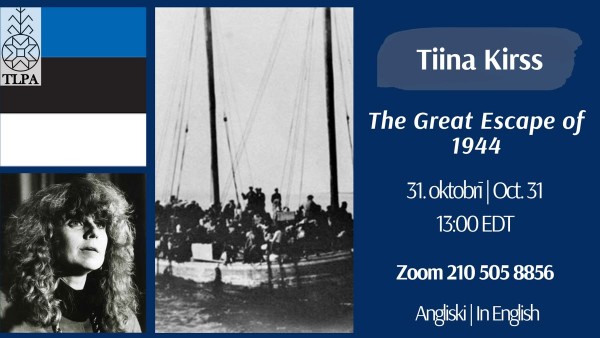Russia is a giant of a country in scale, population and ambition. Yet some of the most notable military support for Ukraine after the Kremlin’s invasion is coming from countries far, far smaller.
Consider Estonia, which has donated anti-armor weapons like FGM-148 javelins and artillery like D-30 122mm howitzers to Ukraine. There’s also its fellow Baltic states Latvia and Lithuania, which have donated Stinger launchers and thermal imaging devices, according to tracking from Jane’s, the open-source defense intelligence provider.
The Czech Republic has reportedly sent vehicles like Russian-made T-72M tanks and BMP-1 infantry fighting vehicles. Central European neighbor Slovakia announced Monday that it was in talks with allies about how to provide its own fleet of Soviet-designed MiG-29 fighter aircraft to Ukraine forces, building on a prior transfer of a Russian-made S-300 air defense system.
Even smaller countries have done their part: The Grand Duchy of Luxembourg pledged NLAW antitank weapons and jeeps. But mostly, this is the work of countries farther east, former members of the Soviet Union or Warsaw Pact.
These are not military powerhouses. The largest of these nations, by some way the Czech Republic, has a slightly smaller population than Moscow. Combine all of the countries I listed above and you’d still be far from the economic might of Russia — let alone its geographic size.
Their collective mass is barely half that of Ukraine, the smaller of the two warring parties by far.
But in support for Ukraine, these nations are punching above their weight. Though some far larger nations, including the United States and Britain, have provided more than them, many others — such as the twin European giants of France and Germany — are well behind them.
Important too is not just the scale of weapons provided, but the type. As the threat of conflict moved away from potential urban warfare in the west of Ukraine to the more open east, Ukrainian officials have called for heavier weapons.
In a video posted to his Telegram account Wednesday, Ukrainian President Volodymyr Zelensky called for heavy artillery, armored vehicles, air defense systems and aircraft. “Our war is far from over,” Zelensky said. “This was just the first round.”
Here, small countries are leading the way. Czech Republic’s reported delivery of T-72Ms marked the first time a NATO country had provided tanks to Ukraine since Russia’s invasion began. Slovakia’s promise of MiG-29s came after Poland made a similar offer to send its own Soviet-era fighter jets to Ukraine.
Speaking to my colleagues last week, some experts noticed a shift in Western thinking about this sort of heavy weaponry. Before, there had been concerns that sending offensive weapons would escalate the conflict unnecessarily, but as the fighting spread eastward — and evidence of alleged Russian atrocities was found — such qualms seem to have dropped.
The United States has let go of its objections to supplying MiG-29s jets to Ukraine, an official said Tuesday. And President Biden announced the following day that his administration has authorized an additional $800 million in security assistance for Ukraine, with “new capabilities [including] artillery systems, artillery rounds, and armored personnel carriers.”
The contrast with other, far larger, European nations is palpable. Though France has not publicized its military aid to Ukraine, L’Opinion reported on Tuesday that the sum total of the aid had cost France 120 million euros — $130 million — and that it included missiles, satellite imagery and training.
The number was not much more than half of what Estonia has committed to giving Ukraine, roughly $240 million. And Estonia’s economy is almost 100 times smaller than France’s.
https://www.washingtonpost.com...
The big role that small countries are playing in supplying Ukraine - WP (1)
Eestlased Kanadas | 14 Apr 2022 | EWR
Viimased kommentaarid
Kommentaarid on kirjutatud EWR lugejate poolt. Nende sisu ei pruugi ühtida EWR toimetuse seisukohtadega.
Eestlased Kanadas
TRENDING


























